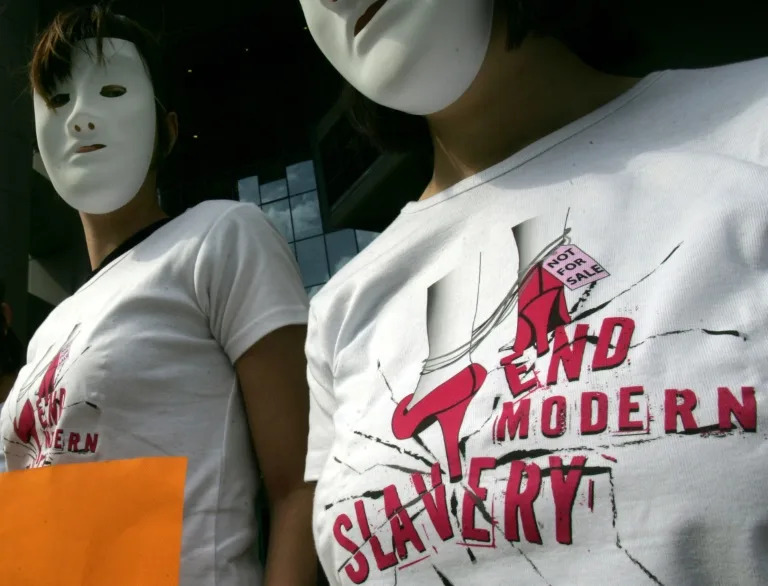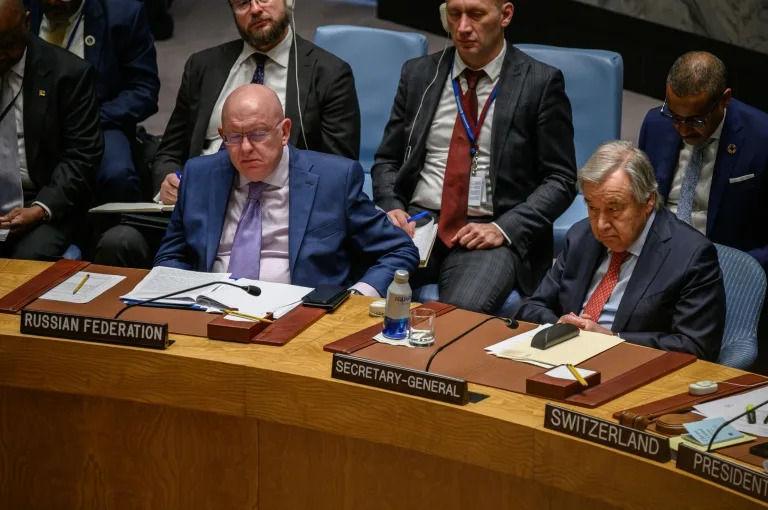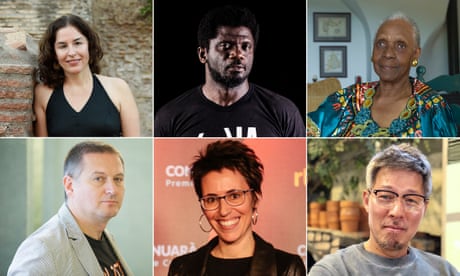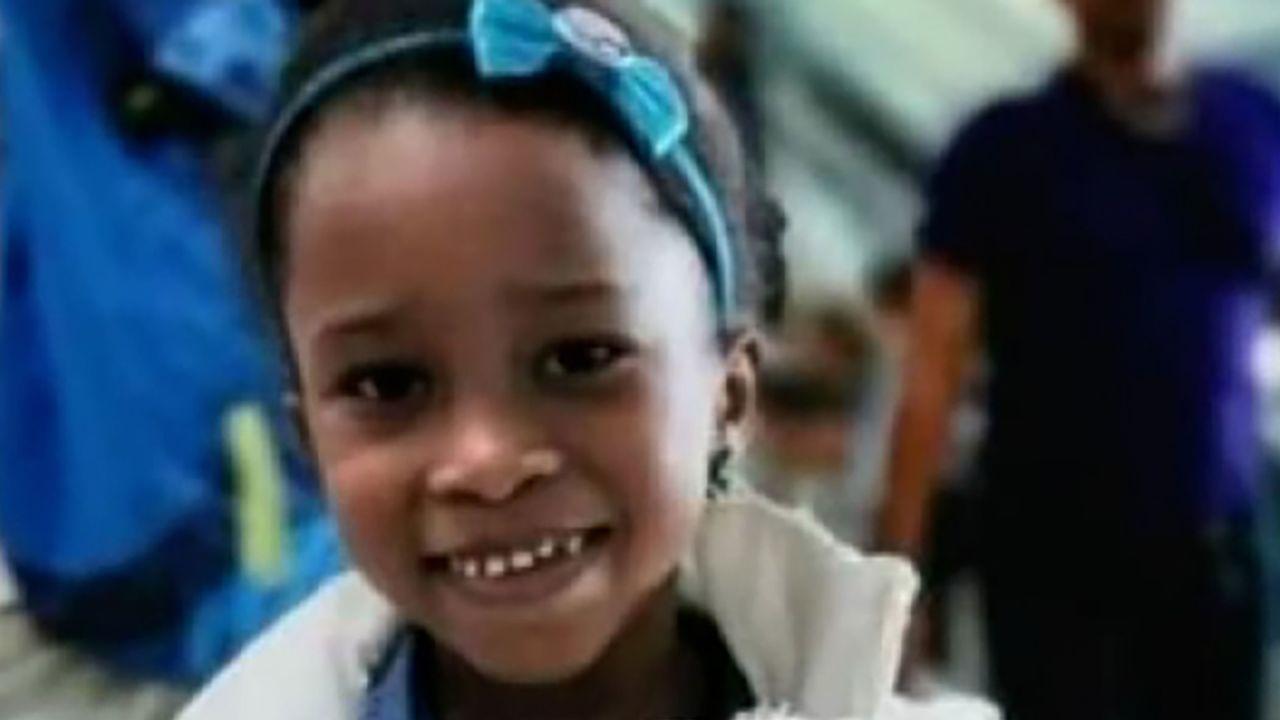AFP
Tue, May 23, 2023,
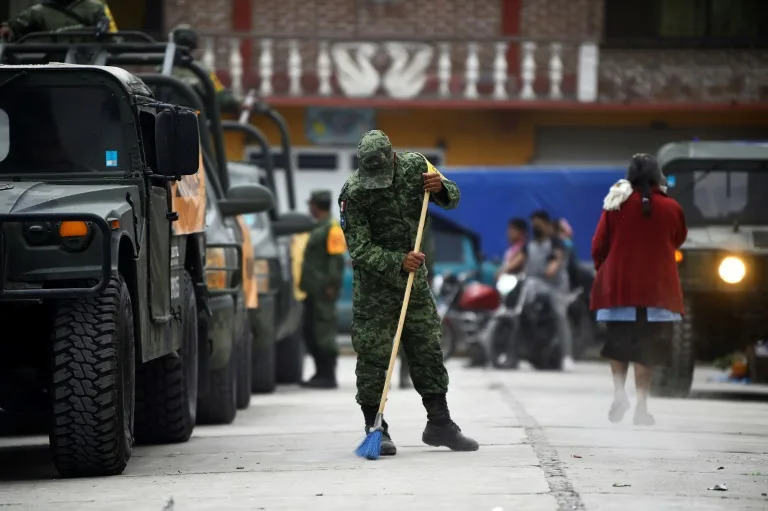
A soldier sweeps ash in the street in a town near Mexico's Popocatepetl volcano
A volcano southeast of the Mexican capital spewed more gas and ash into the sky on Tuesday as authorities maintained their warning level at one step below red alert.
Dozens of shelters have been opened near Popocatepetl -- located around 70 kilometers (about 45 miles) from Mexico City -- which has seen various periods of increased activity since awakening from decades-long slumber in 1994.
The government is monitoring Popocatepetl "day and night," President Andres Manuel Lopez Obrador said after the volcano put on another fiery show overnight.
He said the volcano's activity had decreased slightly since the alert level was raised on Sunday, helping to calm nerves in nearby towns and villages that have been covered with ash.
"Last night I slept a little better because the other three days my house's windows and door vibrated," said Francisca de los Santos, a 56-year-old living in a town close to the volcano.
"We're used to it, but it always scares us a bit," she told AFP, adding that she had no plan to leave her home.

Roughly 25 million people live within a 100-kilometer radius of Popocatepetl, the second tallest volcano in Mexico, rising nearly 5,500 meters (18,000 feet) above sea level.
Mexico's National Center for Prevention of Disasters said Tuesday that over the previous 24 hours, 22 volcanic exhalations of water vapor, volcanic gasses and ash had been detected, along with two explosions.
The increase in the alert level on Sunday to "yellow phase three" came a day after two Mexico City airports temporarily halted operations due to falling ash.
The next level, a red alert, would trigger mandatory evacuations in communities near the volcano, whose name means "smoking mountain" in the indigenous Nahuatl language.
bur-jg/axm/dr/nro/md
Mexico's National Center for Prevention of Disasters said Tuesday that over the previous 24 hours, 22 volcanic exhalations of water vapor, volcanic gasses and ash had been detected, along with two explosions.
The increase in the alert level on Sunday to "yellow phase three" came a day after two Mexico City airports temporarily halted operations due to falling ash.
The next level, a red alert, would trigger mandatory evacuations in communities near the volcano, whose name means "smoking mountain" in the indigenous Nahuatl language.
bur-jg/axm/dr/nro/md
PHOTOS


